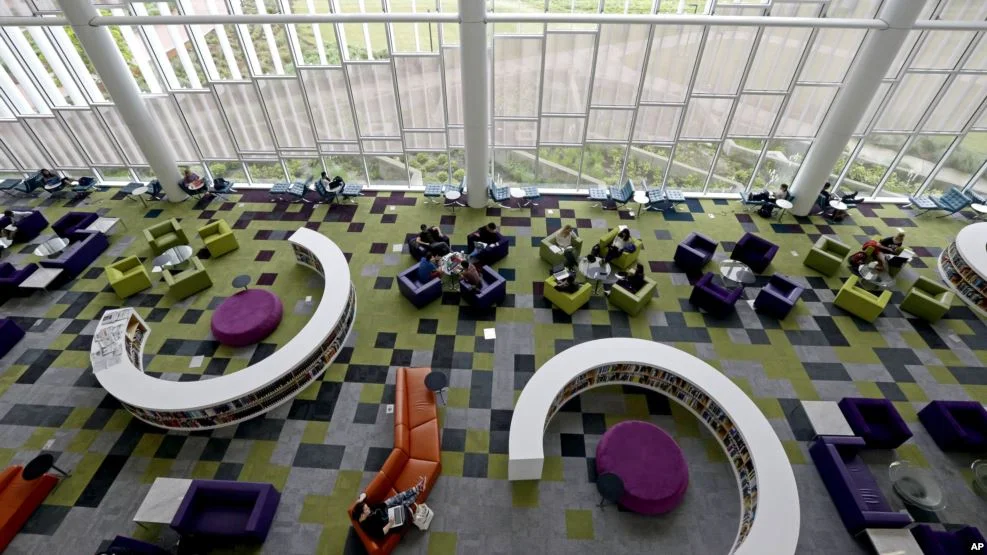A new Google-inspired HSC learning centre has opened its doors with a mission to train the brightest young minds in Sydney for stellar careers in science, medicine, mathematics and English. The first of its kind in Australia, the Talent 100 centre is the brainchild of Richard Chua – a former Business Strategy Associate at Google’s Mountain View Headquarters in Silicon Valley.
With design thinking that focuses on 21st century learning, the new centre delivers a holistic and aspirational learning environment. The fusion of everyday mindfulness with digital technology, including digital yoga, brain training via smart screens and interactive screen technology will be available to students along with informal open community learning spaces – a famous feature of Google offices around the world.

























